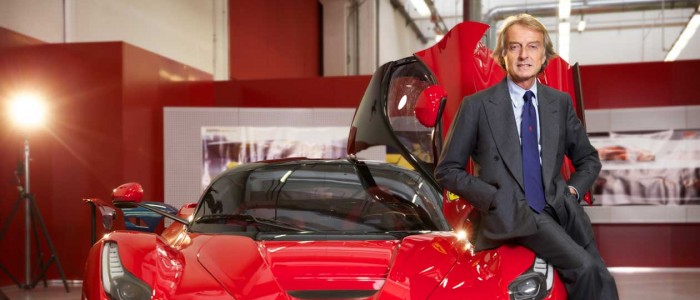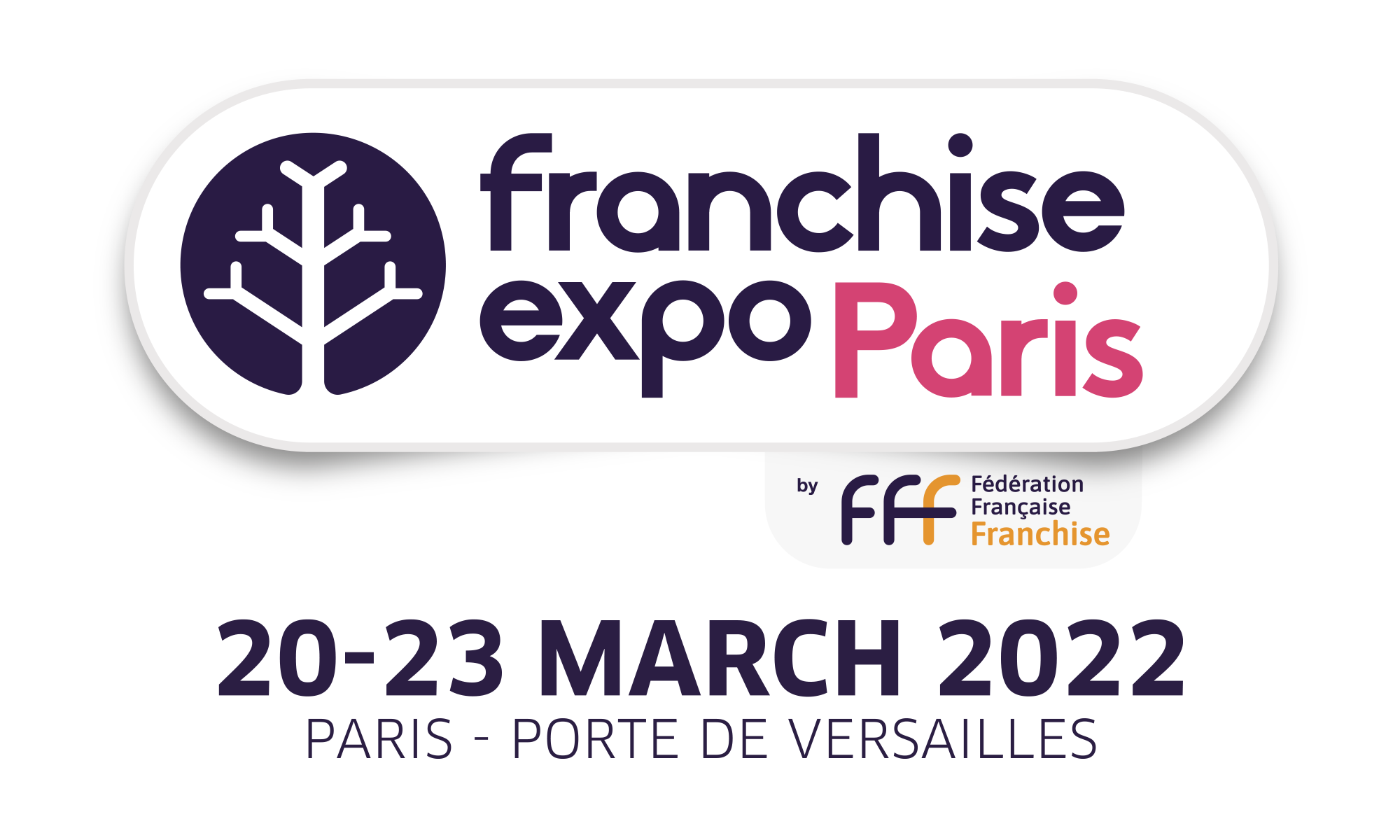Ferrari Magazine

24/04/2014
Working together
Luca di Montezemolo has always pushed the people at Ferrari to give the best performance by working closely together in a team, and he is the first one to give an example of this work ethics
Estimated reading time: 7 minutes
Maybe you imagine a chairman to be shielded by stern secretaries and fussy assistants, to be someone whose role is only ever to formally represent the company, or to attend races or a special event solely for customers and the media. However, just what the average working day is like for Luca di Montezemolo at Maranello remains pretty much a mystery to us all. With this in mind, I asked if I could follow him, on a typical day; in other words, a day of just work, and on the following pages, we present a photographic record of the experience. It’s a Monday, and it’s rainy, when Montezemolo arrives in his white Jeep. The car at the foot of the steps up to the management building is the signal that he’s in his office and that the day will be a demanding one for many. One thing you must realise is that the person at the controls at Maranello – Montezemolo today – must, as Enzo Ferrari decreed in his day, deal with everything. It may sound a little absurd if you put it like that.
Yet it’s the true key to Ferrari’s success. Dealing with everything doesn’t mean doing everything: the engineers design the cars, both those for the road and the track, and the heads of the different departments develop the work that has made Ferrari famous all over the world. With one crucial difference, however. Compared to other carmakers, Ferrari remains, when all is
said and done, a small company, one which wants to make a small number of exclusive cars, a Company where there aren’t many levels of hierarchy and where people work driven by a passion that always requires new energy. Compared to a big manufacturer, which we might picture as a big ship, where the decision to change course takes a fair number of minutes and a lot of miles to be put into action, Ferrari might be envisaged as a little racing yacht; when the skipper calls out which side,everyone responds immediately to make the change of direction. As the Chairman loves to say, ‘With us, a decision that’s made in the morning, must be turned into a reality in the afternoon.’
“With us, a decision that’s made in the morning, must be turned into a reality in the afternoon.”
The secretary informs me that Montezemolo is in his office going through his diary and making some urgent phone calls. Then he will go to the Modelleria, the secret area where the Ferrari Design Centre develops new models. I arrange to meet with him there. When he arrives, Amedeo Felisa, the CEO, is waiting for him, along with engineers and marketing executives. Obviously, the Design Director Flavio Manzoni is expecting him. There are two topics to be covered: the choosing of colours and fittings for the models that are destined to be presented at the next Geneva International Motor Show, and discussing design solutions proposed for future models. It is intriguing to see how these decisions combine pragmatism, working with the facts and data available and with the sensitivity of those present. The cars for Geneva are duly christened. The design solutions are to be reviewed. As I make my way out, I notice that the Chairman is driving an FF himself.
Montezemolo must go to the showroom to meet a famous customer and collector who has just chosen the customization for his future LaFerrari. He is Lawrence Stroll, a Canadian, the owner of the Mont Tremblant track and of an extraordinary series of extraordinary models. Among these is the magnificent P4, which won at Daytona in 1967, and the 275 GTB Spider, just bought at an astronomical price in the auction at Pebble Beach. For Montezemolo, it’s an opportunity to have another look at what is going down in history as the first Ferrari hybrid and, of course, an absolutely extraordinary model. Lunch, in the private dining room behind the Company restaurant, is with a group of Asian Pacific candidates for the importing of Ferraris in an important market. I don’t ask to go with him, but he tells me to meet him on the eight cylinder production lines at 2.15pm. It’s important for him to see in person the improvements to the production process. When you make excellent cars, you can’t stop improving, and in this respect the line is fundamental.
“When you make excellent cars, you can’t stop improving, and in this respect the line is fundamental.”
After talking to the technicians and saying hello to a lot of people at work, he hurries to his office. Four of his directors are called together for reports on a series of strategic subjects. It isn’t by chance that Enrico Galliera (Commercial and Marketing) and Andrea Perrone (Brand), are both called upon to present their initiatives to the man overseeing the Company’s Finance and Administration Department, Matteo Anversa. Also present is Mario Mairano, from Human Resources. The plans concern investments and recruitment, and everyone has to be involved in the decision making process. While the meeting is taking place, Montezemolo is informed that the new furnace for the Foundry’s light alloys have finished the test phase and gone into full operation.
Although it’s already late in the afternoon, he asks if he can go to see a casting. The answer goes without saying. The Chairman’s attention is a source of great satisfaction for the people at the Foundry. After about 20 minutes, having said goodbye to those who attended the meeting, the Chairman is taken to the Foundry. A few hundred metres inside the large building that is right behind the paint shed, the castings are going on. Everything is done in perfect harmony with the requirements of handling molten metal and its optimum temperatures. Montezemolo is pleased. Pleased with the plant needed to manufacture engines and important components for the suspension, and pleased to see the pride of his staff busy doing what is, without doubt, the hardest job in the Company. It’s now gone 6.30pm. You might think that his day is over. It isn’t for the Foundry, which works 24 hours a day, nor for the Gestione Sportiva, where they are concentrating on the 2014 Formula One
season. Domenicali and the team are away, but for Montezemolo the meeting with Luca Marmorini for an update on the new engine’s progress, and with James Allison, who is defining the aerodynamics and efficiency of the new single-seater, brings his day to an end. An hour later he leaves Domenicali’s office, where the meeting took place. I would like to photograph him with the F1 car. Not the next one, which doesn’t exist yet, nor even the present one, which will soon be pensioned off.
A symbolic picture with lots of the cars that have raced in so many recent winning years would be better. We open the Corse Clienti hangar. It is like a red sea, that special Red that one immediately associates with Ferrari.
Sitting on the flank of one of those cars consigned to history, Montezemolo keenly feels the disappointment of a season without a world title. But he smiles because he is aware that all of his staff will continue to work towards bringing Ferrari back to where everyone wants it to be. It takes a moment, he says goodbye and leaves. It’s after 8pm. Early tomorrow morning he will be back there: a different agenda, but the same commitment. The maximum commitment.
Fonte: magazine.ferrari.com


